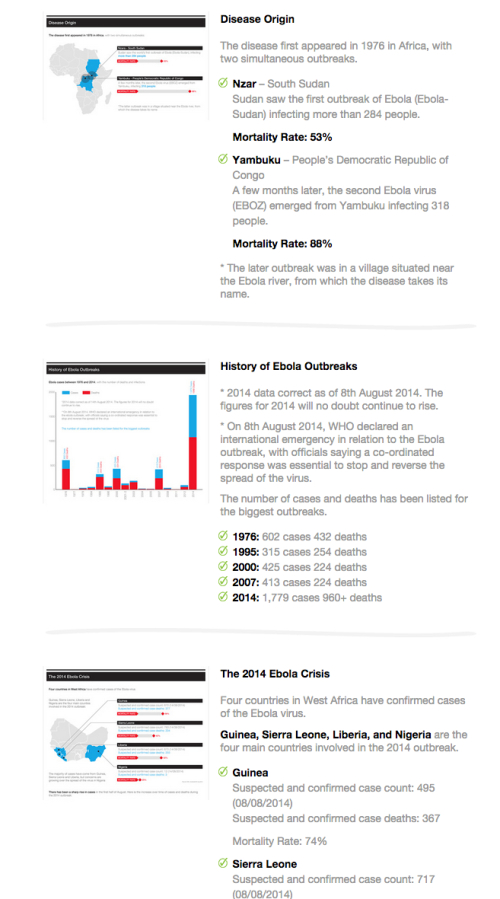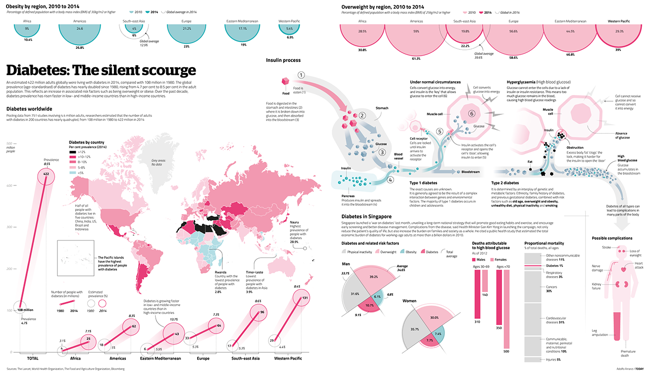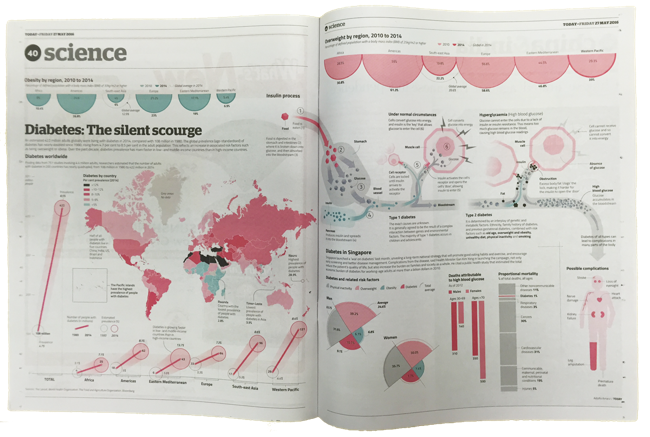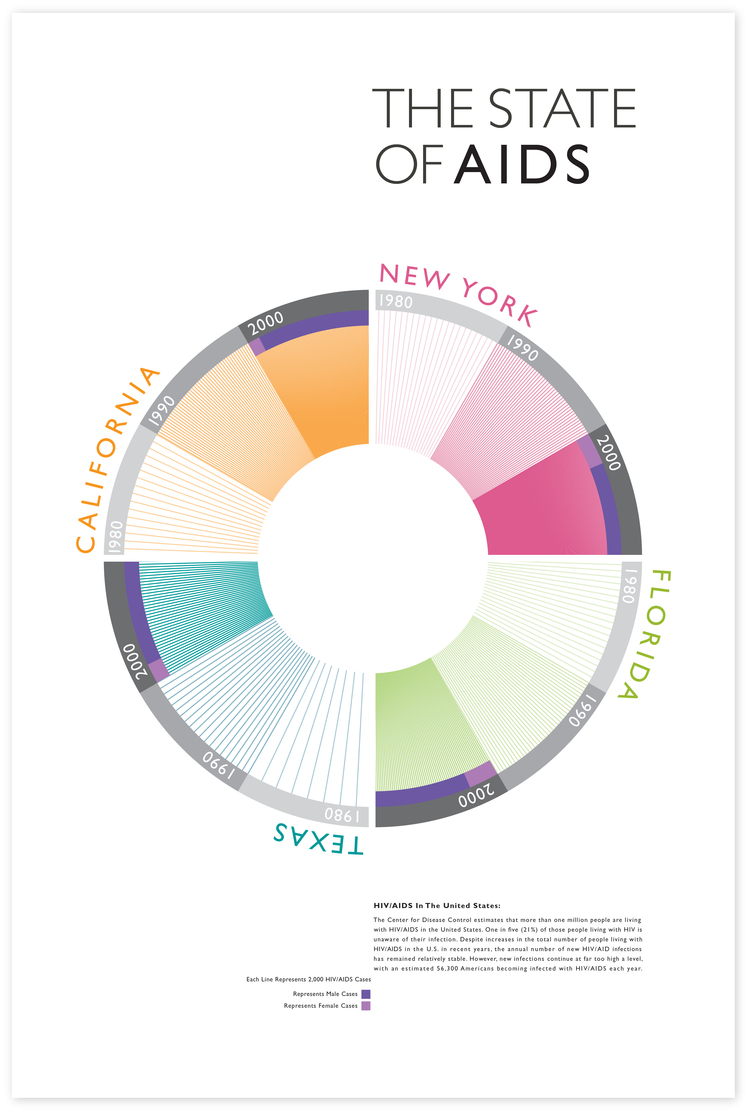
The newest outbreak of Ebola virus caused a lot of panic due to the lack of public knowledge of the disease. Buddy Loans has created A Comprehensive Look at the Ebola Virus infographic to increase (or maybe in this case decrease) the public’s exposure to the disease.
2014 has seen the worst outbreak of Ebola Virus Disease (EVD) in history, with WHO reporting more than 1,700 cases worldwide (as of August this year). In this infographic we take an in-depth look at the virus (formally known as Ebola Haemorrhagic Fever) and its history, origin, genus, transmission, symptoms, fatality rate, and treatment.
All information is correct as of mid-August 2014. Data sources include the World Health Organisation (WHO), the Center for Disease Control (CDC), Medecins Sans Frontieres (MSF), the BBC, The Guardian, and other high profile news outlets.
Infographics that explain anything health or medical related tend to be a little word heavy, due to their job of thoroughly and explaining complex information. This is a very clean design that implies authority and credibility, and uses a very simple red-blue color scheme.
The chart in the History of Ebola Outbreaks section is interesting. They chose to only include the data of the biggest outbreak years instead of including every year on the timeline. This is a good method to use when you have a lot of specific data you want to highlight in a small space. If this infographic was focusing on a comparison between the good years and the bad years of Ebola, then including the data sets from smaller years would be appropriate.
The stacked bar chart is also a little tough to understand, and might have worked better as a clustered bar. The blue bar is the total number of reported cases, and the red bar is the portion of those cases that resulted in death. Not the normal way that people use a stacked bar chart.
I like that each section uses a different visualization method (bar chart, map, doughnut chart, etc.). That makes it easier for the audience to read through clear separations between the sections.

The infographic landing page is also worth noting. On the original landing page, they correctly included some intro text, the full infographic, social sharing buttons and embed code for anyone that wants to post the infographic on their own site. They added a longer text description with more information about each data visualization. This gives reads additional incentive to view the original web page and provides additional text for the search engines to associate with the infographic.
Thanks to David for sending in the link!
 color,
color,  health,
health,  illustration,
illustration,  medical,
medical,  poster
poster 






















